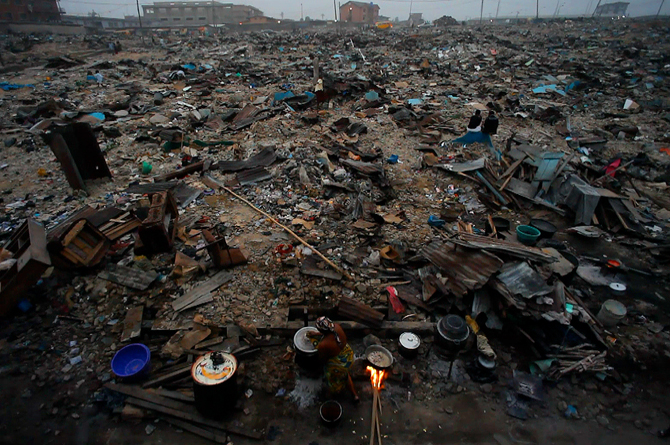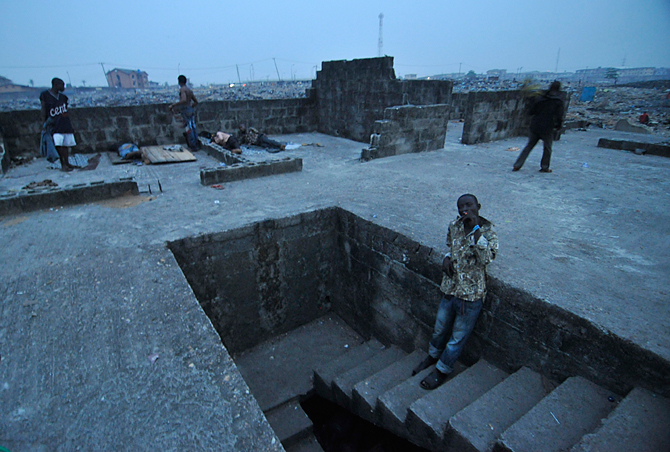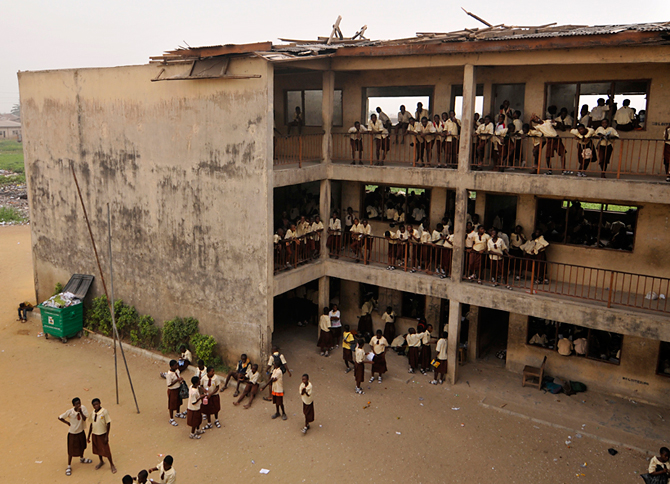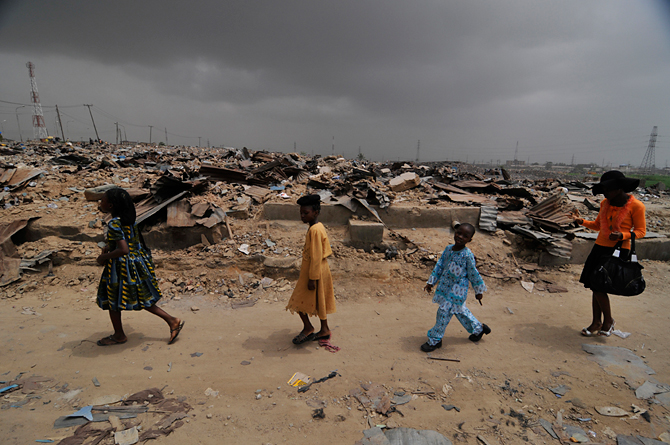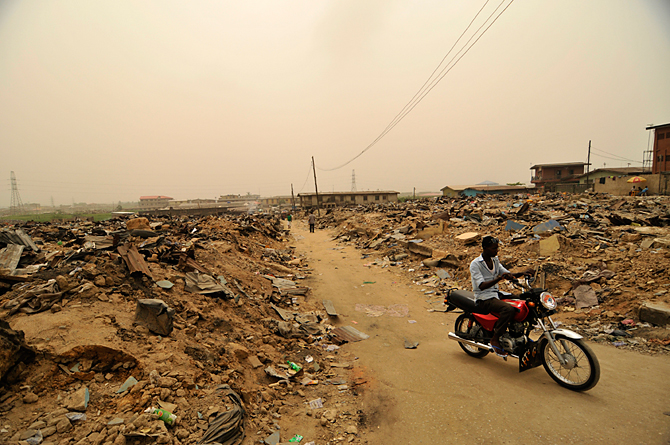Queen of the Slum
The slums of Mathare in Nairobi, Kenya are home to approximately 500,000 people. Most of them live in 10-square-foot, one-room homes made from whatever materials they can find, usually sheets of corrugated tin. Sewage and trash flow through the streets. According to residents, the people of Mathare are forgotten or ignored by the government, an eyesore on the map. But within the slums, some residents are working to pull themselves out of the dismal conditions. Mama Lucy, called the Queen of the Slum, is one of these residents. She works to reform criminals in her neighborhood and founded a school to keep orphan children from joining the gangs.
 Stories
Stories  Documentary
Documentary
